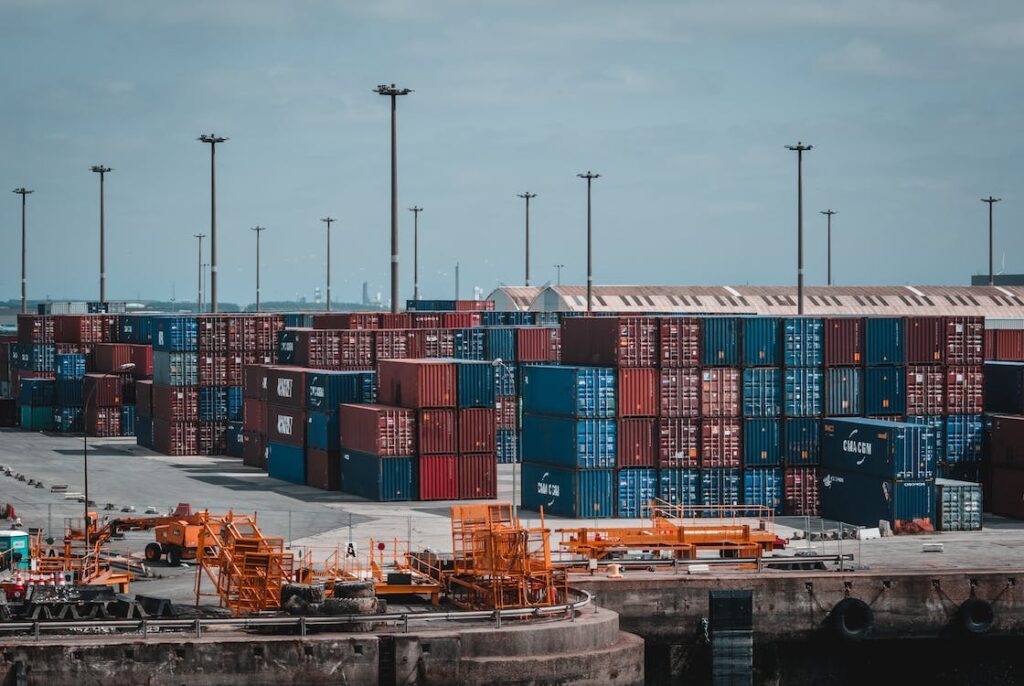Are There Specific Techniques For Selecting The Most Cost-Effective Freight Services?
Explore proven methods for choosing budget-friendly freight services that meet your needs effectively.
In today’s competitive business landscape, companies are under constant pressure to reduce logistics costs and optimise freight spending. However, navigating the complexities of transportation procurement to identify the most cost-effective freight services is easier said than done. What specific techniques can shippers employ to select optimal carriers and modes for each shipment? This article will explore useful strategies and best practices to minimise freight expenditure while still meeting customer delivery needs.

Understanding Key Cost Drivers
The first step is gaining a detailed understanding of the key factors driving total landed costs. Beyond just quoted freight rates, it is important to consider additional expenses like fuel surcharges, accessorial fees, customs duties and insurance premiums. Mapping out end-to-end shipment flows highlights unnecessary legs that can be eliminated. Analysing shipment profiles reveals density, weight and volume characteristics to determine optimal modes. Once all cost components are identified, the focus can shift to reducing wasted spend through prudent service procurement.
Leveraging Procurement Best Practices
There are several procurement best practices shippers can adopt to improve freight cost management. Consolidating volumes across the organisation into a single RFP increases negotiation leverage with carriers. Including guaranteed minimum volume commitments in contracts ensures the benefits of scale. Tightly defining service requirements, KPIs, penalties and termination clauses in contracts protects interests. Seeking bids from a mix of asset-based and non-asset-based providers fosters competition. Separating inbound and outbound contracts creates focus. Tapping managed transportation providers leverages expert negotiation. Procuring a dedicated fleet or private warehousing space secures priority access if suitable. Adopting best practices lends structure to the carrier selection process.
Choosing the Optimal Transport Mode
Selecting the most economical mode of transport for each shipment is crucial. Air freight is the fastest but most expensive, while ocean freight is the cheapest but slowest. Rail and road offer a middle ground on both time and cost. The choice depends on factors like shipment size, average product value, required lead time and distance travelled. Decision matrices help determine optimal modes based on time and cost trade-offs. Intermodal transport combining multiple consecutive modes, such as ocean and rail, may present cost efficiencies over long distances. Testing different modal combinations using routing guides reveals the most cost-effective transport plans.
Using Tech-Based Bid Platforms
Online freight marketplaces and bidding platforms are valuable tools for obtaining competitive quotes from multiple carriers. These tech platforms provide real-time pricing and convey bid requests to an extensive network of providers. Shippers can specify shipment details, and tender lanes through a simple interface and let carriers compete to offer the most attractive rate, transit time or capacity commitment. Bids remain anonymous until awarded. By expanding the carrier pool and introducing competition, such marketplaces typically reduce freight spend 15-30% compared to traditional manual quoting. They also provide analytics on pricing trends. The transparency and efficiency of tech platforms deliver cost savings.
Benchmarking Rates and KPIs
A rigorous benchmarking strategy helps set targets for bid rates and contract KPIs during carrier selection. Comparing current rates against spot market indices indicates potential savings opportunities. Reviewing contracts from similar shippers establishes reasonable rate baselines. Studying typical ranges for key metrics like on-time performance claims ratios and fuel efficiency highlights areas of improvement. The carrier scorecard ranks incumbent providers to determine renewal priorities. Robust benchmarking demonstrates where a carrier’s pricing and performance are competitive or deficient. Shippers can make a data-driven case for obtaining lower rates and tighter KPIs.
Modelling Total Landed Cost Trade-Offs
Shippers should develop models comparing total landed costs across different freight modes, carriers and routes. For example, a slower ocean transit using a lower-priced carrier may ultimately cost less than faster air or road options. Similarly, a carrier with slightly higher rates but stronger on-time reliability may reduce expenses from missed deliveries. Modelling out expected costs holistically for hypothetical shipment scenarios illuminates the trade-offs between transit time, rates and performance. Carriers can also be scored based on cost-effectiveness. An analytical, scenario-based approach improves decision-making during carrier selection.
Accurately Forecasting to Match Supply with Demand
Inaccurate demand forecasting that over or underestimates shipment volumes leads to suboptimal carrier selection. Overestimating entails paying for excess capacity. Underestimating causes shortages and rush shipments at premium pricing. Robust forecasting models based on historical data, sales projections, inventory levels and macroeconomic trends align transportation capacity with expected volume. Padding forecasts to accommodate uncertainty gives wiggle room. Carriers best positioned to handle the projected volume mix can then be selected cost-effectively. RFPs should require bidders to demonstrate capacity scalability to handle fluctuations.
Conclusion on Selecting The Most Cost-Effective Freight Services
Selecting cost-effective freight services requires moving beyond comparing carrier rates to a holistic, data-driven approach. By analysing total landed costs, leveraging procurement best practices, choosing optimal transport modes, using bidding platforms, benchmarking rigorously against KPIs, modelling scenarios and accurately forecasting demand, shippers make informed strategic decisions balancing cost, capacity, and service. A highly analytical procurement process pays dividends through sustained savings. Done right, freight sourcing transitions from a tactical hassle to a source of competitive advantage.
Contact Us
We are here when you need us. Get in contact to see what we can do for you
Contact Us